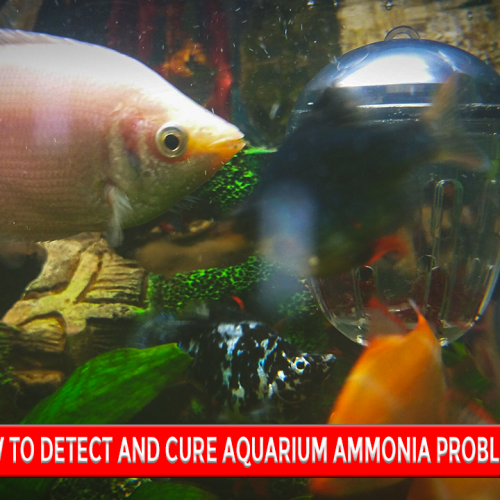How to Set Up a Fish Tank for Beginners
It’s exciting to venture into the world of aquariums through setting up a fish tank. To new hobbyists, it can seem a daunting task, but proper guidance makes all the difference between having a healthy aquatic environment and failing to achieve so. A well-set-up fish tank will ensure that your fish thrive, as well as become an aesthetically beautiful centerpiece for your space. Here’s how to set up your first fish tank.
Step 1: Tank Selection
The initial selection is the size and variety of your fish tank for beginners:
- Start with a 10-20 gallon-sized fish tank. Smaller size tanks are harder to take care of because of change in water parameters.
- Material:Glass or acrylic. These materials are the two main kinds and glass is very durable and scratch-proofed, while acrylic is relatively lighter and can be customized.
Step 2: Location Selection
Choose a stable, level surface that is not exposed to direct sunlight, drafts, or high-traffic areas. Avoid placing the tank near windows or heat sources as this may cause temperature fluctuations and promote algae growth.
Step 3: Acquire Basic Equipment
 You will require the following equipment to keep your fish tank healthy:
You will require the following equipment to keep your fish tank healthy:
- Filter: A good-quality filter removes waste and keeps water clean.
- Heater: For tropical fish, a heater is required to maintain a stable temperature (usually 75–80°F).
- Lighting: Right lighting beautifies the appearance of your tank and helps live plants grow, if you plan to have them.
- Substrate: Gravel or sand are popular choices. Select a substrate that meets your fish and plant needs.
- Water Test Kit: Enables you to measure such parameters as pH, ammonia, nitrites, and nitrates.
- Thermometer: Maintains the consistent water temperature.
- Aquarium Conditioner: Removes chlorine and chloramines from tap water.
Step 4: Prepare and Add Substrate
Thoroughly rinse the substrate in clean water to eliminate dust and debris.
Disperse it uniformly across the bottom of the tank, which should be around 1-2 inches deep, depending on the configuration of your tank.
Step 5: Add Equipment
Mount the heater and filter following the manufacturer’s instructions, but don’t turn it on. Add some decorations, such as rocks, driftwood, or artificial plants. Spread them out for hiding spots and a more natural appearance.
Step 6: Fill the Tank with Water
Use dechlorinated water or treat tap water with an aquarium conditioner.
Pour the water slowly to avoid disturbing the substrate. A plate or bowl can help diffuse the flow.
Step 7: Cycle the Tank
 Before adding fish, your tank needs to establish beneficial bacteria to process fish waste. This is called the nitrogen cycle:
Before adding fish, your tank needs to establish beneficial bacteria to process fish waste. This is called the nitrogen cycle:
- Add a small amount of fish food or a bottle of beneficial bacteria to kick-start the cycle.
- Test the water regularly for ammonia, nitrites, and nitrates.
- Cycling takes 2-6 weeks. Once ammonia and nitrites are at 0 ppm, and nitrates are minimal, your tank is ready for fish.
Step 8: Add Fish Gradually
Choose beginner-friendly species like guppies, mollies, tetras, or bettas. Introduce fish gradually. Overload the aquarium ecosystem with fish. First introduce a few and keep on adding over weeks. Float the bag of fish in the tank for 15-20 minutes to equalize temperature. Release them gently.
Step 9: Caring For Your Aquarium
- Maintaining the tank on a regular basis is crucial to the health of an aquarium.
- Do 20-25% water change every week to remove wastes and freshen up water.
- Clean the filter monthly but don’t use tap water because it will kill the beneficial bacteria.
- Observe changes in the fish behavior that show signs of stress or illness
Conclusion:
Setting up a fish tank for a beginner can be a great experience if done right. Following these steps and taking care of your tank will lead to a beautiful and thriving environment for your fish. Remember that patience is a virtue. If you rush into things, it will come back to haunt you. With proper care and attention, your new aquarium will bring you joy for many years.
FAQs (frequently-asked questions)
You have to wait until your tank is fully cycled usually 2-6 weeks before you add fish.
Yes, but you must treat it with an aquarium conditioner to remove harmful chlorine and chloramines.
Yes, a filter is essential for removing waste and maintaining water quality.
A good rule of thumb is 1 inch of fish per gallon of water, but this depends on the fish species.
Bypassing the cycle can harm your fish. Use bottled bacteria or media from an established tank to speed up the process.




